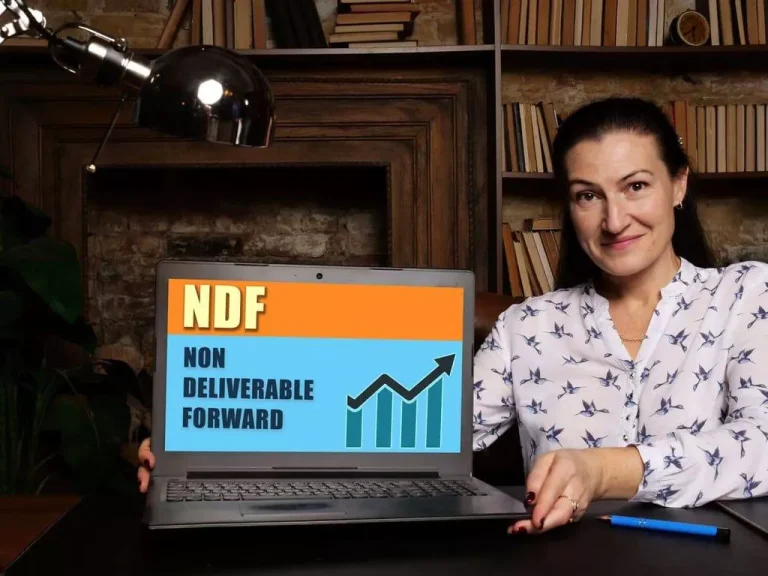Bullish Harami Pattern: A Comprehensive Trading Guide
To make this easier, since the bullish harami candlestick is one of the trend reversal indicators, look for this pattern at the end of a prolonged bearish trend. Finally, in this fourth example, we want to illustrate how the bullish harami candlestick pattern can also lead to an indecisive outcome (where it neither lead to a bullish or bearish trend). As we can observe, there was a clear downtrend that preceded the candlestick pattern—where its first bearish candlestick even made a new low (as part of this bearish trend). The harami candle pattern, which can be either bearish or bullish, provides information about potential trend reversals. It suggests a possible shift in market sentiment and can indicate either a momentary pause or consolidation in the price movement or a trend reversal. The bearish harami is a two-candlestick pattern that highlights that the market is in for a possible reversal from an uptrend to a downtrend.
The Harami pattern, derived from the Japanese word for “pregnant,” is a two-candlestick pattern that signifies a potential reversal in the prevailing market trend. It is characterized by a small candlestick (the “inside” or “baby” candle) that is completely engulfed by the preceding larger candlestick (the “mother” candle). This pattern draws attention to a possible shift in market sentiment and offers traders an opportunity to make informed decisions. The harami candlestick pattern, both bullish and bearish, offers a glimpse into the shifting dynamics of market sentiment. Essentially, it reflects a battle between bulls and bears as they tell price direction.
What Is a Harami Candle? Example Charts Help You Interpret Trend Reversal
If only pattern in uptrends should be filtered, a external trend detection function must be used. Traders also exercise caution and remain aware of the possibility of false signals, adapting their trading strategies accordingly to improve their chances of achieving successful outcomes. Once you feel confident in your trading approach, you can open an FXOpen account to apply your method to live trading. Pivot Points are automatic support and resistance levels calculated using math formulas.
Conclusion: Maximizing the Potential of the Bearish Harami in Algo Trading
A bullish harami candlestick is a price chart formation that signals bullish trend reversals. A bullish harami candlestick comprises two candlesticks including a long bearish candlestick and a short bullish candlestick. The name ‘harami’ traces its origin to the Japanese language where ‘harami’ means ‘pregnant’.
Is harami a reversal pattern?
Harami are considered potential bullish reversals after a decline and potential bearish reversals after an advance. No matter what the color of the first candlestick, the smaller the body of the second candlestick is, the more likely the reversal. If the small candlestick is a doji, the chances of a reversal increase.
While Harami patterns are not always reliable, the Fisher Index gave a valid signal as the last big green candle did not break out. Yes, as its name implies, the bullish harami is indeed a bullish reversal pattern. It is primarily used to signal a potential shift in market sentiment against an ongoing downtrend or to mark the end of the pullback phase in an uptrend. The bullish harami, being a two-candlestick pattern, is one of the most common candlestick patterns observed on the price charts.
This written/visual material is comprised of personal opinions and ideas and may not reflect those of the Company. The content should not be construed as containing any type of investment advice and/or a solicitation for any transactions. It does not imply an obligation to purchase investment services, nor does it guarantee or predict future performance.
Is harami cross bullish or bearish?
A bullish harami cross is a large down candle followed by a doji. It occurs during a downtrend. The bullish harami cross is confirmed by a price move higher following the pattern. A bearish harami cross is a large up candle followed by a doji.
For a bearish harami cross, some traders prefer waiting for the price to move lower following the pattern before acting on it. In addition, the pattern may be more significant if occurs near a major resistance level. Other technical indicators, such as an RSI moving lower from overbought territory, may help confirm the bearish price move. A trader must short the trade after confirming the formation of the bearish harami pattern. A trader can use additional technical tools like RSI and MACD to further analyze the current situation of the market.
Is a bullish harami candlestick pattern a bullish reversal?
The second candlestick might open at a higher position, but this is not necessary. Lastly, the bigger the second candle, the higher the chance of a trend shift. In this example, the bullish harami functions as a bullish reversal of the downtrend when price breaks out upward.
Similarly, a strong and sharp reversal increases the confidence of the participants that are carrying a short position in the market. The Harami pattern consists of two candlesticks with the first candlestick being a large candlestick and the second being a small candlestick whose body is contained within the first candle’s body. A bearish harami received its name because it resembles the appearance of a pregnant woman. However, you should look for additional bullish signals in the following trading sessions.
- Lawrence Pines is a Princeton University graduate with more than 25 years of experience as an equity and foreign exchange options trader for multinational banks and proprietary trading groups.
- This is why, traders should avoid relying solely on this pattern and start using this pattern with conjunction of other trading strategies.
- These retracements help identify potential support and resistance levels based on the Fibonacci sequence.
- Traders usually prefer to book their long positions or build a new short position after seeing this pattern forming.
- However, the Know Sure Thing indicator broke the line in a bullish direction and had not yet confirmed a retracement.
- In the case above, Day 2 was a bullish candlestick, which made the bullish Harami look even more bullish.
How to catch trades that immediately EXPLODE into profit
- The harami candlestick pattern captures a moment of indecision and potential power shift between bulls and bears.
- Its utility is amplified when used in conjunction with additional strategies and thorough backtesting.
- After the formation of this pattern, traders holding bullish positions notice the decreasing influence of buyers and start exiting from their positions.
- By placing your stop-loss here, you limit potential losses while giving the trade enough room to develop if the anticipated reversal occurs.
- Known for her economic reports and analyses, she covers financial assets, market news, and company evaluations.
- In general successful trading with candle charts requires an understanding not only of the candle patterns but also of where the candle pattern appears and in the context of risk/reward analysis.
The bullish harami is not ideally used in isolation as there are chances of possible false positives. Bullish harami patterns are profitable if they are used with other indicators that confirm the trend reversals. There are more than 40 types of candlesticks including bullish candlestick patterns, bearish candlestick patterns and continuation candlestick patterns.
Be sure to read about these candle patterns and download our free cheat sheet. Although the stochastics are one of the faster oscillators, it might take forever until you match your candle pattern with an overbought/oversold signal. We exit the position and collect a profit of $.30 cents per harami candlestick share for 25 minutes of work. This is the power of candlesticks and using various methods to confirm each other. Consider trailing the stop-loss as the price moves in the trader’s favor to protect gains.
What happens after a harami candle?
A bullish harami cross is a large down candle followed by a doji. It occurs during a downtrend. The bullish harami cross is confirmed by a price move higher following the pattern. A bearish harami cross is a large up candle followed by a doji.










